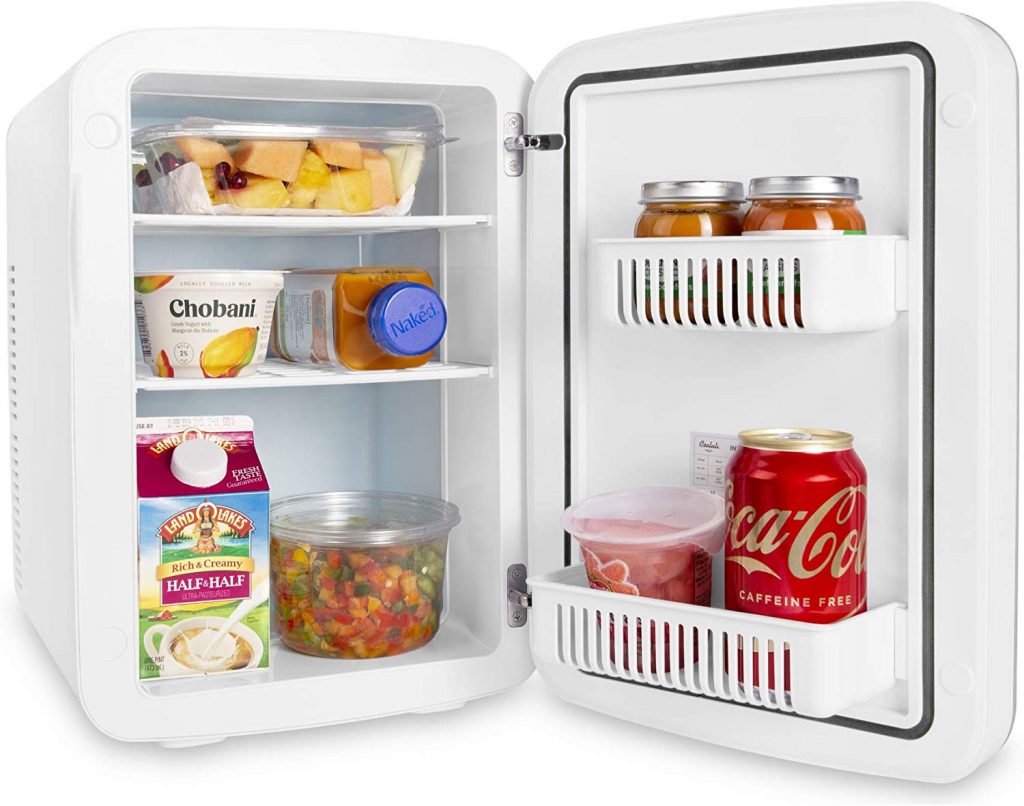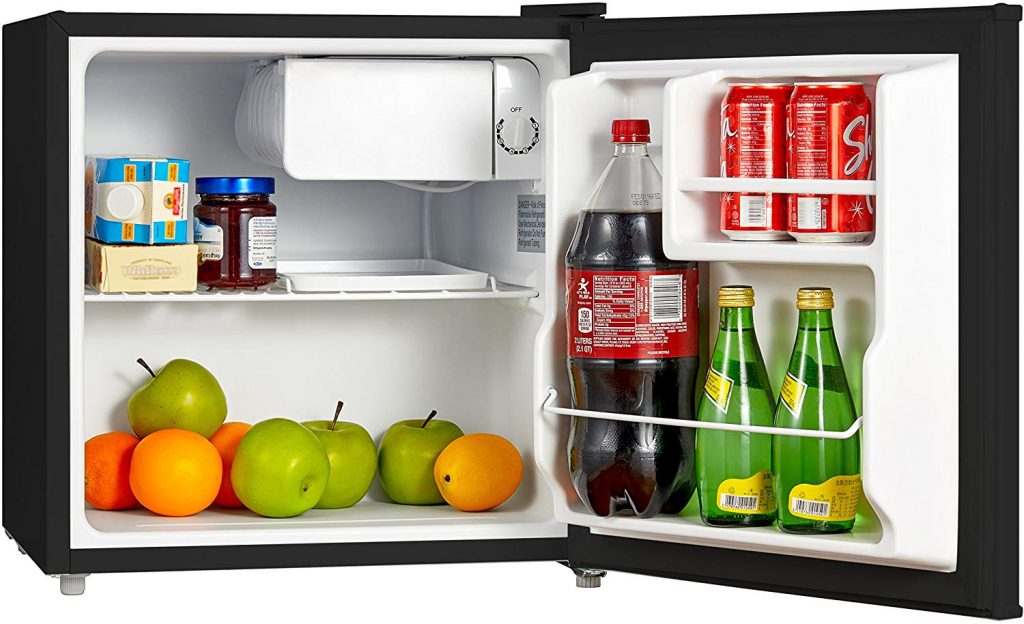How Will Auto Defrost Work on A Fridge Freezer?
Are you interested in upgrading your fridge/freezer combo to an appliance with auto defrost? Maybe your appliance has this feature and you are wondering how it works.
The next time you look into the fridge/freezer, you’ll know what’s going on because we’ve researched to better understand auto defrost.
An automatic defrost feature can be found in some refrigerators with freezers.
Effective cooling can be accomplished by heating the interior refrigerator coils at scheduled intervals.
You don’t have to shut down the appliance to prevent the fridge and freezer from getting too warm, because controlled cooling prevents frost from building up.
The benefits of food preservation with minimal maintenance are ensured by the evolution of the refrigerators of today.
As we dive into the details of how auto defrost works, why it is beneficial, and the difference between manual and frost-free systems, please keep reading.
Table of Contents
How Auto Defrost Works
An auto defrost freezer has an automatic defrosting system, which is suggested by its name.
Fans that circulate cold air when the freezer door is shut can be found on the ceiling of auto defrost freezers.
The fans allow for consistent cooling throughout the freezer. They shut off when the door is opened to stop the circulation of warm outside air.
The cold air in the freezer has a lower humidity that causes ice and condensation to form and settle on the coils.
At regular intervals or when frost is detected, the evaporating coils heat up. The heat causes the frost to evaporate and the freezer to be rewarmed.
Since the cooling coils are heated, the temperature in the freezer can be slightly different during the defrosting cycle. After the fans thaw out, the circulation of warm air is disrupted.
If you put a limit on door openings and keep the freezer filled with your material, it’s possible to minimize temperature variations.
Do You Need Auto Defrost on A Fridge?
For these reasons, you might consider auto defrost to be both practical and beneficial.
- Since defrosting happens on a regular schedule, these units need less maintenance than a manual freezer.
- Since it forces air circulation via the internal fans, an auto defrost freezer provides a more uniform temperature than a manual one.
- During the defrosting process, items can be stored inside the freezer, so you don’t have to expose them to temperature fluctuations.
How Often Do You Need to Auto Defrost a Fridge?
The majority of modern refrigerators control how often the defrost cycles take place.
In many cases, a defrosting timer is included in the unit to make sure frost removal happens on schedule regardless of whether it’s necessary.
After shutting off the compressor, high-tech refrigerators are fitted with sensors that can detect frost and switch on the heating coil.
The computer program in these appliances is so advanced that it records the number of times you open and close the freezer door, which is a contributing factor to frost build-up.

Auto Defrost Schedule
Refrigerators with basic automatic defrosting technology will have a timer so the compressor will not turn off after cooling the fridge and freezer for 8 to 12 hours.
For about 20 to 40 minutes, the heating coil is powered on and off.
The brand, model, and capacity of your freezer compartment are some of the factors that will affect the length of time it lasts.
Difference Between Frost-Free and Auto Defrost
The main difference between a frost-free and auto defrost refrigeration system is how they eliminate excess ice and frost from the cavity.
A self-defrosting freezer has heating elements that change on and off throughout the day.
Water from melting ice is flushed through a small hose at the back of the unit and then deposited on a tray at the base of the unit.
You’ll have to remove the excess ice and frost from the manual defrost the freezer.
Auto defrost
There is a design feature in freezers called frost-free. Self-defrosts are an auto defrost cycling process that doesn’t require intervention from the user.
To prevent the build-up of frost, it is necessary to heat the coils in the freezer.
Frost-free or auto-defrost is a feature many consumers enjoy since it is easy to clean and is a time and labor saver.
Maintenance for Auto Defrost
Automatic defrost freezers are more popular than self-defrosting freezers because of their reduced freezer maintenance. They have several disadvantages.
Behind the trim plate of the upright freezer is where the drip tray is located. It’s not necessary to empty this water tray in many cases since the water will evaporate on its own.
To keep the self-defrosting system working smoothly, you will need to be alert to cracked hoses or misaligned drip trays.

Manual Defrost
Automatic heating parts are not required to prevent frost or ice build-up in a manual freezer.
As the frost accumulates, the owner will have to manually adjust the temperature of the freezer.
The freezer won’t effectively cool items if there is a build-up of frost and ice on the coils.
Maintenance for Manual Defrost
Once the frost has become 14 to 12 inches thick, it is recommended that the freezer be emptied.
Everything done in a freezer is hands-on, so it can be time-consuming and tedious to thaw a freezer.
The process involves:
- Unplugging the appliance.
- Every item from the freezer has to be removed.
- Pulling out large pieces of frost will speed up the process.
Conclusion
Many technological advances have been made in the field of refrigerated goods. One of the most popular features to look for is the auto fridge defrost the freezer.
An auto defrost feature works by melting ice and frost within the cavity at a scheduled interval, thus preventing manual defrosting by the owner.
Automatic defrosting systems are developed to such a degree that they are competing with manual defrosting systems.
Most consumers still prefer auto defrost with its time and labor-saving features, even though there are other benefits to refrigerators with manual defrost.

Foodie and a passionate cook, I am here to share all of what I know about cooking, kitchen, and food prepping.
Follow me for delicious and healthy recipes.







